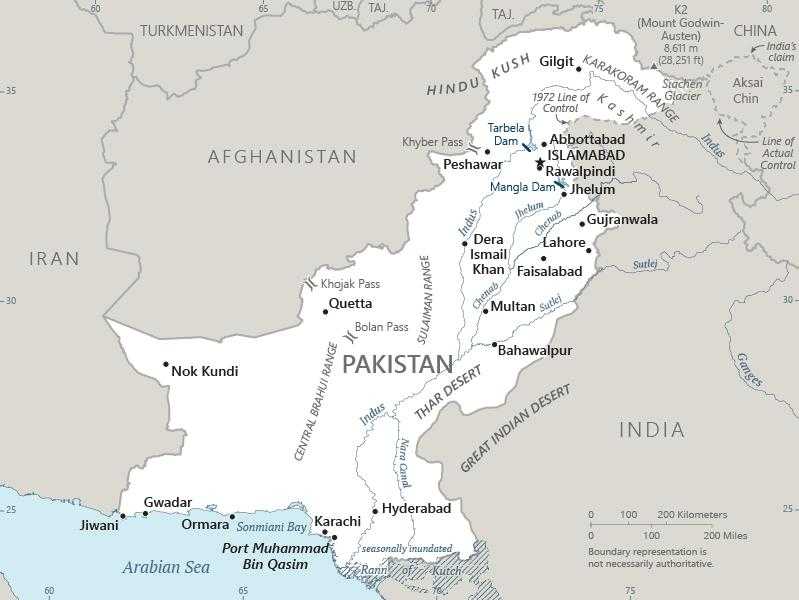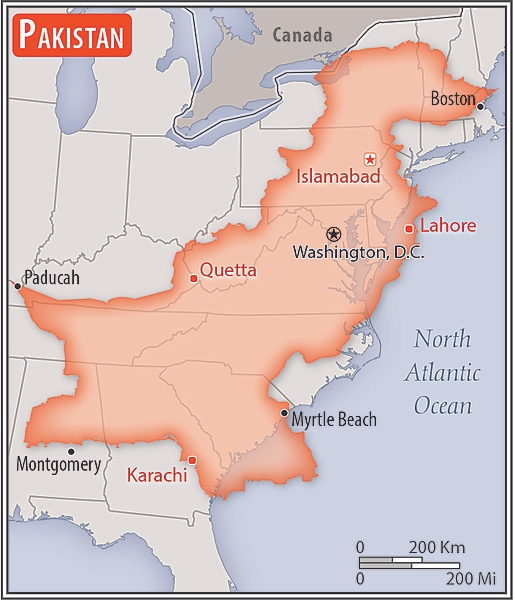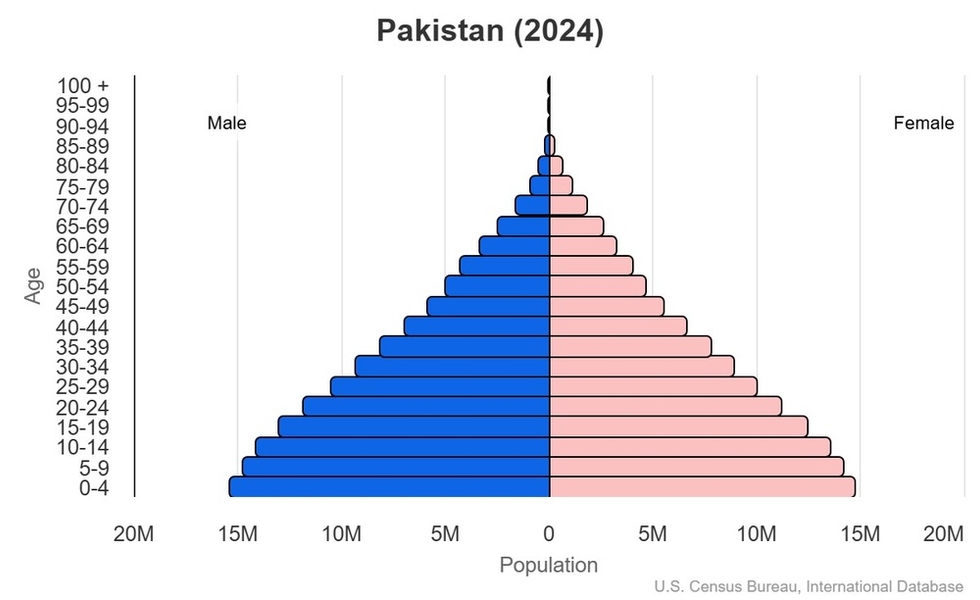Introduction
Visit the Definitions and Notes page to view a description of each topic.
Geography
People and Society
Population
comparison rankings: total 5; male 5; female 5
Median age
comparison ranking: total 180
Population growth rate
comparison ranking: 46
Birth rate
comparison ranking: 45
Death rate
comparison ranking: 166
Net migration rate
comparison ranking: 139
Maternal mortality ratio
comparison ranking: 48
Infant mortality rate
comparison ranking: total 17
Life expectancy at birth
comparison ranking: total population 178
Total fertility rate
comparison ranking: 41
Obesity - adult prevalence rate
comparison ranking: 148
Alcohol consumption per capita
comparison ranking: total 180
Tobacco use
comparison ranking: total 100
Children under the age of 5 years underweight
comparison ranking: 10
Education expenditure
comparison ranking: Education expenditure (% GDP) 185
Environment
Carbon dioxide emissions
comparison ranking: total emissions 30
Government
Economy
Real GDP (purchasing power parity)
comparison ranking: 26
Real GDP growth rate
comparison ranking: 113
Real GDP per capita
comparison ranking: 171
Inflation rate (consumer prices)
comparison ranking: 186
GDP - composition, by sector of origin
comparison rankings: agriculture 24; industry 129; services 143
Industrial production growth rate
comparison ranking: 157
Labor force
comparison ranking: 7
Unemployment rate
comparison ranking: 97
Youth unemployment rate (ages 15-24)
comparison ranking: total 121
Gini Index coefficient - distribution of family income
comparison ranking: 123
Current account balance
comparison ranking: 61
Reserves of foreign exchange and gold
comparison ranking: 64
Debt - external
comparison ranking: 12
Energy
Electricity
comparison rankings: installed generating capacity 31; consumption 28; imports 93; transmission/distribution losses 193
Energy consumption per capita
comparison ranking: 142
Communications
Telephones - fixed lines
comparison ranking: total subscriptions 44
Telephones - mobile cellular
comparison ranking: total subscriptions 10
Broadband - fixed subscriptions
comparison ranking: total 47
Transportation
Merchant marine
comparison ranking: total 113





